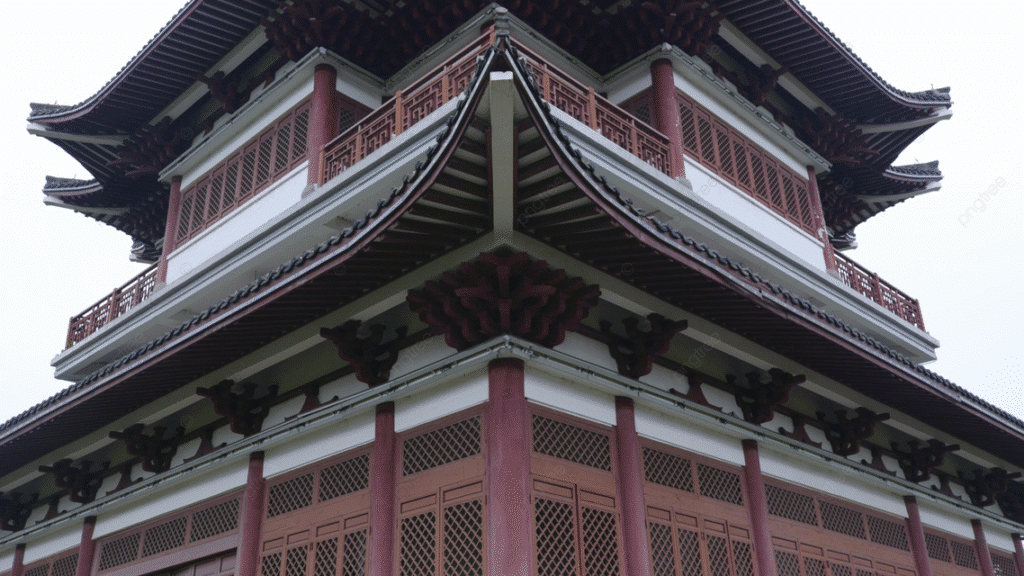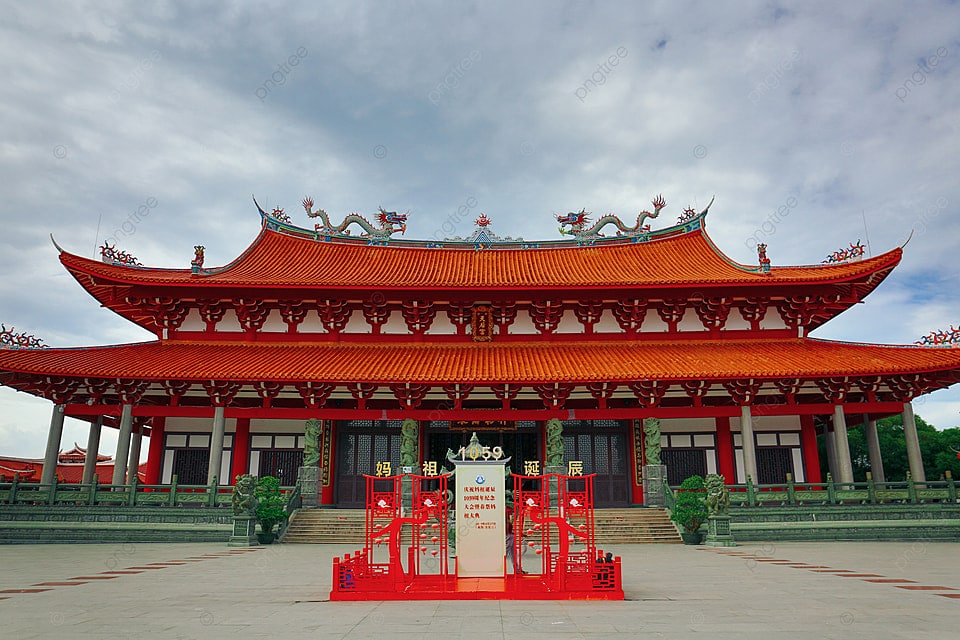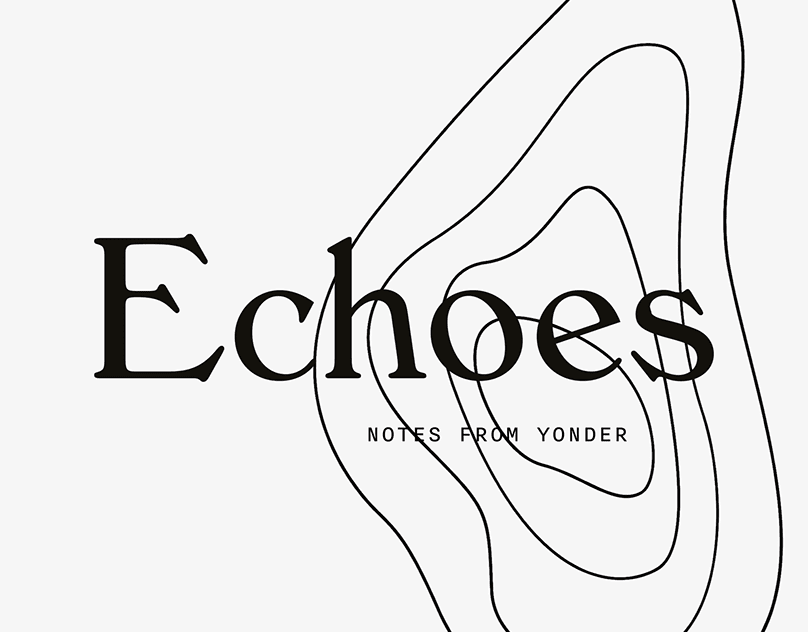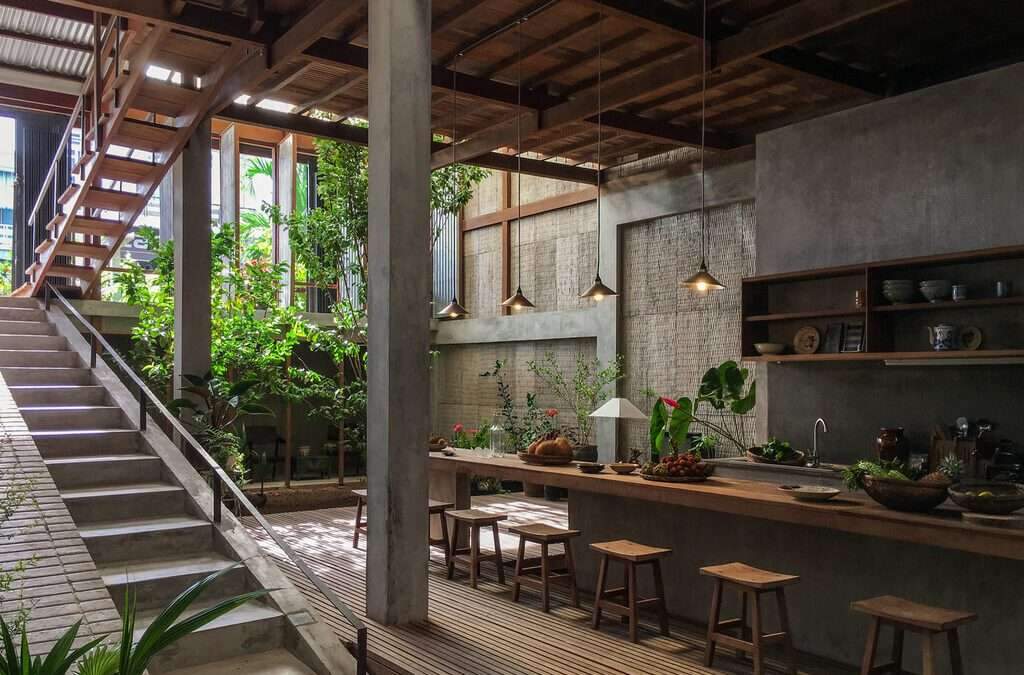Architecture serves as a mirror reflecting the culture and history of civilizations. When discussing Japanese and Chinese architecture, we find that both have deep roots in Asian traditions, yet each possesses unique characteristics that set it apart. In this article, we will explore the key differences between Japanese and Chinese architecture, from structural distinctions to the historical and cultural influences that shaped these styles.We will organize the discussion into main sections: structural differences, traditional approaches, and modern transformations.

Structural Differences
“When examining Japanese and Chinese architecture, we notice clear differences in how designers create buildings to meet the needs of their inhabitants and lifestyles.
- Japanese: Simplicity and Integration with Nature
Japanese architecture primarily uses wood, with buildings often elevated slightly above the ground to prevent moisture damage.Builders usually cover roofs with wood or thatch. A key innovation involves using sliding doors (shoji) instead of fixed walls, which allows inhabitants to adjust interior spaces as needed. - Chinese: Symmetry and Symbolism
In contrast, Chinese architecture emphasizes bilateral symmetry and enclosed forms. Designs follow precise geometric patterns that reflect cultural and cosmological symbolism.Materials vary based on the building’s social function; builders used simpler materials for commoners’ homes, while they constructed imperial palaces with rare woods and luxurious stones.
| Element | Japanese Architecture | Chinese Architecture |
|---|---|---|
| Primary Materials | Wood, thatch | Wood, stone, tiles |
| Doors and Walls | Flexible sliding doors | Fixed walls with intricate decorations |
| Roofs | Covered with wood or thatch | Sloped roofs with symbolic decorations |

Traditional Styles and Cultural Influences
Culture and religion played significant roles in shaping architecture in both countries.
- Japan: Buddhist Influence and Simplicity
With the introduction of Buddhism from China, new wooden construction techniques emerged in Japan. However, Japanese architecture maintained its simplicity and functional focus. Sitting on the floor was common, leading to the design of low tables and minimal furniture. Even after the Meiji period (1868–1912), when Western elements were adopted, traditions like low tables remained prevalent. - China: Regional Diversity and Religious Symbolism
Chinese architecture varied by geographic region and social class. Temples and palaces were intricately detailed, while commoners’ homes were more modest. Influenced by Taoism and Confucianism, Chinese architecture incorporated symbolic elements into its designs.
Modern Transformations
Both Japanese and Chinese architecture underwent significant changes over time, but they followed different paths.
- Japan: Embracing Western Influences
After the Meiji period, Japan began incorporating Western architectural styles. However, Japanese architects retained aspects of local heritage, creating a unique blend of modern and traditional design. Post-World War II, Japan became a global hub for architectural innovation. - China: Modernization with Traditional Roots
Despite modern advancements, Chinese architecture remained deeply rooted in tradition. In the 20th century, China started constructing taller buildings to meet urban development demands but continued using traditional techniques like carpentry and masonry.

ArchUp’s Perspective: Analysis and Critique
From our perspective, Japanese and Chinese architecture provides excellent examples of how cultures adapt to their environments and circumstances. Japanese architecture stands out for its flexibility and harmony with nature, making it highly functional for daily life. However, it may sometimes lack the aesthetic complexity seen in Chinese designs, which lean toward ornamentation and symbolism.
In the case of China, adherence to symbolic details can sometimes lead to unnecessary complexities in design. Nevertheless, maintaining traditions in the modern era reflects a deep respect for history.
Frequently Asked Questions (FAQ)
- What are the primary materials used in Japanese architecture?
- Wood and thatch are the primary materials, especially for roofs and floors.
- How did Buddhism influence Japanese architecture?
- Buddhism introduced new wooden construction techniques and added precision and complexity to designs.
- Is Chinese architecture diverse across regions?
- Yes, it varies by region and social class, resulting in significant design diversity.
- What makes Japanese architecture unique?
- Flexibility in interior spaces and the use of sliding doors.
- Does Chinese architecture incorporate religious symbols?
- Yes, it has been influenced by Taoism and Confucianism, adding symbolic elements.

While both Japanese and Chinese architecture share deep roots in East Asian traditions, the differences between them are profound and reflect distinct philosophies, climates, and historical developments. Chinese architecture is characterized by monumentality, axial symmetry, and intricate ornamentation, often using tiered roofs, colorful glazed tiles, and imposing wooden structures—exemplified in the Forbidden City or ancient Buddhist temples. In contrast, Japanese architecture favors minimalism, asymmetry, and natural materials, as seen in tatami-floored houses, sliding shoji screens, and understated temple designs like the Ise Grand Shrine. Chinese buildings typically emphasize grandeur and cosmic order, while Japanese spaces prioritize harmony with nature and internal tranquility. Even structurally, Chinese architecture employs heavy brackets and complex joinery, whereas Japanese systems like the post-and-lintel (ken) approach allow for greater flexibility and resilience against earthquakes. This contrast between opulence and subtlety not only defines architectural aesthetics but mirrors the broader cultural ethos of each civilization.
Summary Table
| Element | Japanese Architecture | Chinese Architecture |
|---|---|---|
| Primary Materials | Wood, thatch | Wood, stone, tiles |
| Interior Design | Sliding doors and flexible spaces | Bilateral symmetry and intricate decor |
| Traditions | Influenced by Buddhism and simplicity | Influenced by Taoism and Confucianism |
| Modern Changes | Blend of modernity and tradition | Modernization with preserved traditions |
In conclusion, we have explored the key differences between Japanese and Chinese architecture, highlighting the historical and cultural factors that shaped each style.







